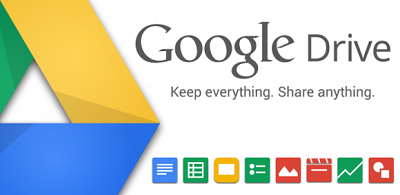

In the Outgoing mail – type in the server and 587 as the Port number. Choose SSL/TLS from the Encryption method dropdown. In the incoming mail – type Server as and Port number as 993.Click the option Change account settings. If an error message appears, that shows that it could not log on to the incoming (POP/IMAP) server.Input the password of the G Suite account.Input the G Suite account’s email address, and in the Advanced Options, click the checkbox for ‘Let me set up my account manually.’ Click Connect.After that, click the Add Account button. Start Outlook and go to File option in the toolbar.If IMAP is disabled, then click Enable IMAP and click Save changes.Īfter enabling the IMAP for the G Suite account, you can add the new account in Outlook.Go to Forwarding and POP/IMAP tab and check if the IMAP is enabled.Sign-in to the Google web apps and click the settings gear icon.This is the reason to make sure to turn on the IMAP settings. IMAP refers to Internet Message Access Protocol and allows users to access emails stored on a remote server while using multiple devices. And then finally, connect your G Suite account to Outlook. Also, you need to enable the access for less secure apps. This process is a multi-step process where you need to enable the IMAP settings in your G Suite account. Here, we will discuss in detail about the entire process to add G Suite account in MS Outlook. A great benefit of Google Workspace is that you can configure in your Outlook application just like any other IMAP account for accessing emails. On the other hand, Microsoft Outlook is personal information managing platform which ensures an innovative and collaborative approach for all its users and is a part of Office 365 suite.Īlthough, both the platforms are different in their approach but together they can be utilized to their maximum capacity. It also has Google Drive for cloud storage. It consists of all the useful Google apps like Gmail, Calendar, Contacts, Hangouts, etc. G Suite/Google Workspace is a family of Google’s collaborative, productivity, and cloud-based tools. Cloud based platforms have truly been revolutionary for organizations and professionals.


 0 kommentar(er)
0 kommentar(er)
